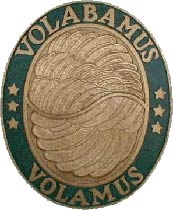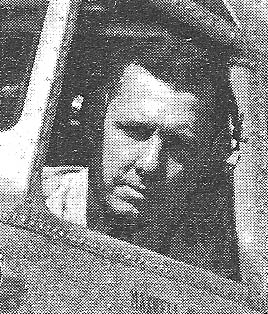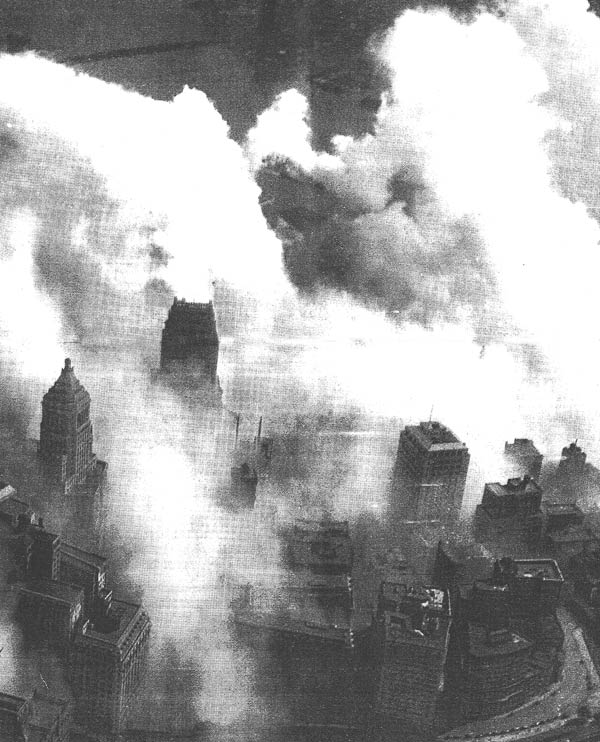|
Born March 8, 1894. Died October 24, 1982.
In the early 1930s, 1st Lieutenant Birnn was stationed at
Bolling Field, Washington, DC. He landed at Davis-Monthan
Airfield on March 23, 1930 flying a Curtiss O-1E Falcon, registration
number 29-311. He was carrying one unidentified passenger.
They arrived from Ft. Bliss in El Paso, TX. They were westbound
to San Diego, CA.
His trip was probably for a five-week assignment on the west
coast, since he landed again at Tucson on April 28, 1930 flying the
same airplane, carrying a Major Griswold as passenger. They
were eastbound toward El Paso.
Earlier in his career, he was based at Langley Field, VA,
where he flew flying boats as a member of Brig. Gen. William
“Billy” Mitchell’s 1st Provisional Air Brigade,
which demonstrated that battleships could be sunk by aerial
bombs, leading to the development of doctrine and tactics
of strategic bombing used in Germany during World War II.
In the late 20s and early 30s, he was a media relations officer
of the Army Air Corps. He appears in a photograph of radio announcers who provided color commentary for the 1931 National Air Races (NAR). The photograph, at the link, appears in one of Register pilot Emile Choureé's scrapbooks. Please direct your browser to the link and click on his scrapbook for the 1931 NAR. Also as part of his duties, in October 1931,
in “The National Aeronautic Magazine”, he published
an article about smoke screens. He described Army airplanes
laying actual smoke screens in and around New York City, using
a French compound named “FM” (“Fumigerite”).
Chemically, FM is titanium tetrachloride, which, when released
in the air, combines with atmospheric moisture and forms a
hydrate of titanium tetrachloride (which is the “smoke”),
plus dilute hydrochloric acid. After describing the hazards
of FM, and of the “slightly irritating” effects
of breathing the acid vapor, he depicts this scene in his
article:
| “For a few minutes the series of screens clung
together as one curtain that blanketed the tip of the
city. Several airplanes, each with an aerial photographer
busy shooting the remarkable scene below, hung on the
edge of the smoke. Then the whole curtain blew over into
the windowed canyons and beat itself to pieces on the
buildings of the financial district.” |
Above is an aerial photo of the scene he describes in his
article. This activity today would, with absolute certainty,
cause unimaginable panic among New Yorkers and the world at large. He wrote other articles during WWII, among which is this one on air power (PDF, 6.6MB).
According to the 1942-43 “Who’s Who in Aviation”,
Birnn was a 1st Lieutenant from 1920-1934, not unusual during
the interbellum. In 1934, he graduated from the Air Corps
Tactical School, Maxwell Field, AL, and was promoted to Captain.
He was one of 34 members of that class which created the Order
of Daedalians, known nationwide today for its support of American
airpower through scholarships and recognition of excellence
in all phases of aviation operations, maintenance and logistics.
He was promoted to Major in 1940, Lt. Colonel in 1941, and
Colonel in 1942. After the death of his son in 1942, he volunteered
for overseas service. During 1944-45 he commanded the Allied
Air Forces Area Command, Foggia, Italy. He retired from the
military in 1946.
---o0o---
THIS PAGE UPLOADED: 09/15/05 REVISED: 04/07/08, 11/24/10, 12/15/21, 01/09/23
|



